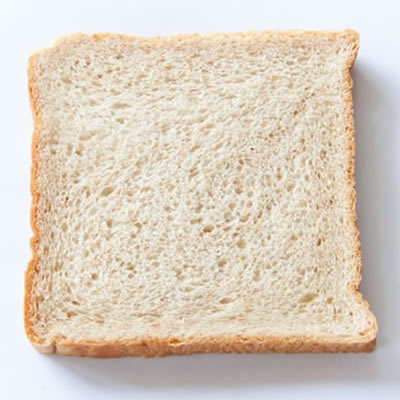Origin
CSL is made from lactic acid, stearic acid and calcium hydroxide. Lactic acid is primarily derived from bacterial fermentation of carbohydrates (glucose, sucrose, corn, cane sugar, etc). Stearic acid is obtained from fat or oils through the saponification of triglycerides using hot water.
Commercial production
Commercially, CSL is made by esterification of lactic acid and stearic acid with calcium hydroxide at high temperatures.
Function
CSL functions well in baked goods because of its interaction with the components of wheat flour.1 The hydrophilic-lipophilic balance (HLB) of CSL is 8-12.2 Hydrophobic interactions of CSL with gluten involve the stearic acid moieties. Meanwhile, its carboxyl groups interact with the gluten’s charged amino acids. The impact of CSL on the flour starch component is depicted in higher gelatinization temperatures though with reduced enthalpy of gelatinization.
Application
CSL is commonly used in the production white bread as a dough strengthener. Optimal concentrations to use range between 0.25-0.5% (flour basis).2 Its activity continues throughout the dough fermentation, mechanical handling, shaping and proofing stages.
By reducing starch granule swelling and solubilization, CSL can help retard firmness of starch gels. As a result, there is improved mixing tolerance and dough development time, better gas retention, loaf volume, enhanced texture and crust tenderness as well as shelf life extension.1,3
FDA regulation
Regulations for using CSL as a food additive are listed under 21CFR172.844.4
References
- MORITA, N., NISHIURA, Y., and HAMAUZU, Z. Effects of Calcium Gluconate and Stearoyl-2-Lactylate on Physical Properties of Wheat Flour Dough Baked in Home Breadmaking Apparatus. Journal of Applied Glycoscience. 43 (1996): 507-516.
- Gioia, L. C., Ganancio, J. R., and Steel, C. J. Food Additives and Processing Aids used in Breadmaking. Food Additives. 147 (2017).
- SHIAU, S.-Y. Effects of emulsifiers on dough rheological properties and the texture of extruded noodles. Journal of Texture Studies. 35 (2004), 93–103.
- CFR – Code of Federal Regulations 21CFR172.844. Accessdata. Fda. gov. Apri; 01. 2019.

